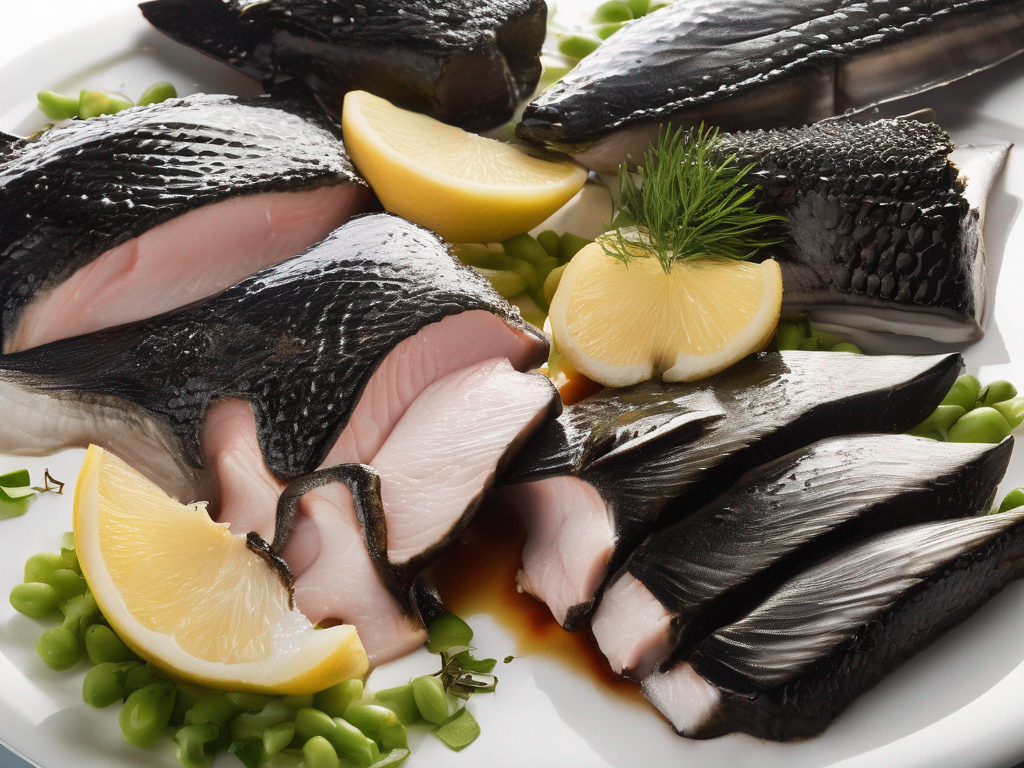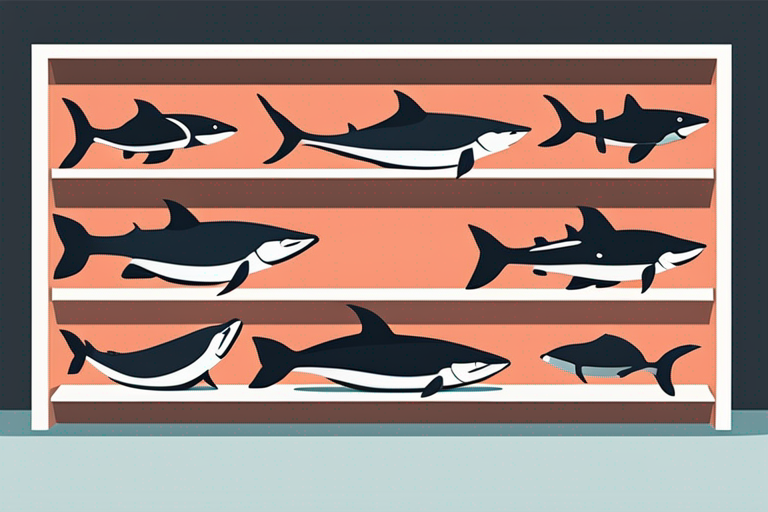
How to Properly Store Alaska Blackfish to Prevent Spoilage
Get Your Free Food Safety Cheat Sheet
30 most common foods with instant answers. Print it and stick it on your fridge—completely free!
How to Properly Store Alaska Blackfish to Prevent Spoilage
Alaska blackfish is a delicious and nutritious fish known for its rich flavor and firm texture. However, like all perishable foods, proper storage is essential to prevent spoilage and ensure food safety. In this blog post, we will discuss the best practices for storing Alaska blackfish to maintain its freshness and quality. (Alaska blackfish)
Understanding Alaska Blackfish
Before delving into storage tips, let's take a closer look at Alaska blackfish. This small freshwater fish is native to Alaska and is a popular choice for seafood lovers due to its mild, sweet flavor. Alaska blackfish is rich in omega-3 fatty acids, protein, and essential nutrients, making it a healthy addition to your diet.
Nutritional Benefits of Alaska Blackfish
- High in omega-3 fatty acids
- Excellent source of protein
- Rich in essential nutrients like vitamin D and selenium
Proper Storage Guidelines
Proper storage is crucial to prevent Alaska blackfish from spoiling and to maintain its flavor and nutritional value. Follow these guidelines to ensure that your fish stays fresh for longer:
1. Refrigeration
- Store Alaska blackfish in the refrigerator at a temperature below 40°F (4°C) to slow down bacterial growth.
- Place the fish in an airtight container or wrap it tightly in plastic wrap to prevent exposure to air and moisture.
- Use the fish within 1-2 days for optimal freshness.
2. Freezing
- For longer storage, consider freezing Alaska blackfish.
- Wrap the fish tightly in plastic wrap or aluminum foil before placing it in a freezer-safe bag or container.
- Label the package with the date to keep track of how long the fish has been frozen.
- Frozen Alaska blackfish can last up to 3-6 months without compromising quality.
3. Avoid Cross-Contamination
- To prevent the spread of harmful bacteria, store Alaska blackfish away from other raw foods, especially those that are ready-to-eat.
- Use separate cutting boards, utensils, and containers for raw fish to avoid cross-contamination.
4. Proper Handling
- When handling Alaska blackfish, wash your hands thoroughly with soap and water before and after touching the fish to prevent contamination.
- Use clean and sanitized kitchen surfaces and utensils to prepare and store the fish.
5. Check for Spoilage
- Before cooking or consuming Alaska blackfish, check for signs of spoilage such as a fishy odor, slimy texture, or discolored flesh.
- If the fish appears off or has an unusual smell, discard it immediately to avoid foodborne illness.
Conclusion
Proper storage is essential to maintain the freshness and quality of Alaska blackfish. By following the guidelines outlined in this blog post, you can ensure that your fish remains safe to eat and delicious. Remember to refrigerate or freeze the fish promptly, avoid cross-contamination, handle it with care, and always check for signs of spoilage before consuming. Enjoy your Alaska blackfish in various culinary preparations while prioritizing food safety and storage practices. Click here to learn more about Alaska blackfish. (Alaska blackfish)

Authoritative Food Safety References
These agencies and university labs inform every tip and health precaution we publish.
USDA FoodKeeper – Cold Storage Guidelines
Official refrigerator, freezer, and pantry timelines maintained by the U.S. Department of Agriculture.
Visit USDA FoodKeeperFDA Produce Safety Rule & Grower Guidance
Field-to-fridge handling practices that prevent contamination of fruits, vegetables, and leafy greens.
Visit FDA Produce SafetyCDC Foodborne Illness Prevention Hub
Surveillance-backed guidance on pathogens, symptoms, and steps to reduce foodborne illness risk.
Visit CDC Food SafetyUC Davis Postharvest Technology Center
University research detailing optimal storage atmospheres for produce after harvest.
Visit UC Davis PostharvestPenn State Extension – Home Food Preservation & Safety
Peer-reviewed extension bulletins on safe canning, chilling, and reheating practices.
Visit Penn State ExtensionQ: Can Alaska Blackfish be frozen for long-term storage?
Q: How can I tell if Alaska Blackfish has gone bad?
Q: Can I store Alaska Blackfish at room temperature?
Q: What is the best way to store leftover cooked Alaska Blackfish?
Get Your Free Food Safety Cheat Sheet
30 most common foods with instant answers. Print it and stick it on your fridge—completely free! Want more? Upgrade to the complete guide with 70+ foods.
Scan your food directly and get instant safety info using our AI-powered camera feature.